Inconsistent reorder submissions, missed feedback, and capacity mismatches often derail what could be a productive lab-client relationship.
These gaps slow production, trigger avoidable remakes, and strain communication—especially for clinics scaling case volume.
By standardizing submission formats, structuring feedback workflows, and applying KPI-driven oversight through digital tools, labs can support reliable, efficient cooperation over the long term.
Long-term dental lab cooperation is supported by standardized reorder formats, default case preferences, structured client feedback loops, and KPI monitoring. Digital portals and SLA planning further enhance reordering accuracy and responsiveness, helping labs meet expectations at scale.
What Triggers a Successful Reordering Workflow Between Dental Labs and Clients?
Efficient reordering starts with consistency. A well-structured submission system—with saved templates, default preferences, and clear file formats—helps reduce back-and-forth, speeds up delivery, and minimizes the risk of remakes.
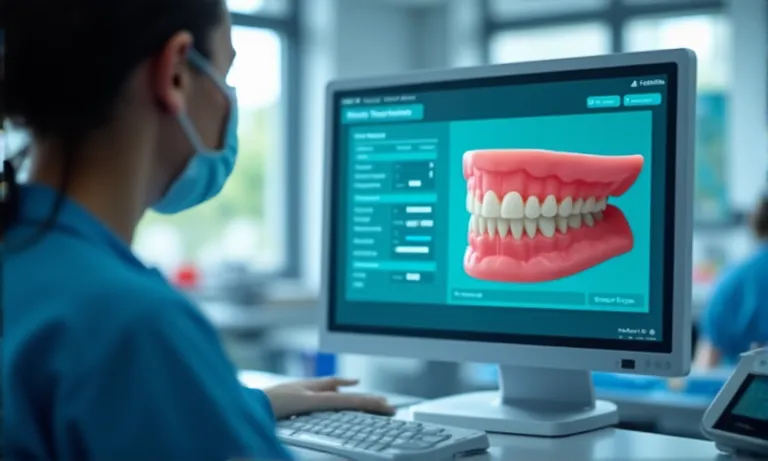
Dental-Reorder-Template-System
Standardizing Case Submission Formats for Repeat Orders
Inconsistent case files slow down production. Reorder-friendly workflows depend on predictability.
- Use consistent STL naming conventions across all orders
- Include full documentation even if the design is “same as last”
- Predefine Rx format for repeat cases to minimize interpretation gaps
- Use standard photo angles and shade reference formats across all uploads
Setting Default Material, Design, and Occlusion Preferences
Labs can store client preferences to streamline each future submission.
- Set material defaults per indication (e.g., monolithic zirconia for molars)
- Predefine margin types (shoulder, chamfer) per doctor preference
- Specify contact tightness and occlusion clearance targets
- Avoid resending preferences unless changed—this prevents contradictions
Using Templates and Saved Profiles to Minimize Rework
Saved profiles allow labs to launch reorders without starting from scratch.
- Clients can request profile setup after 2–3 successful cases
- Profiles include design notes, model types, finish line detail, etc.
- Future orders can reference a case number or label as “follow-up”
- Internal tags in lab system help assign technician continuity when possible
✅ Standardized profiles and file formats reduce errors in repeat orders – TRUE
A structured reorder system helps both sides save time, cut remakes, and reduce ambiguity.
❌ Every repeat case needs full redesign and fresh discussion – FALSE
With stored preferences and templates, labs can process reorders confidently—even with minimal new instructions.
How Should Dental Labs Collect and Act on Ongoing Feedback?
Consistent feedback is critical for long-term quality control. To turn feedback into meaningful improvements, labs need structured channels, defined follow-up timelines, and clear responsibility paths.
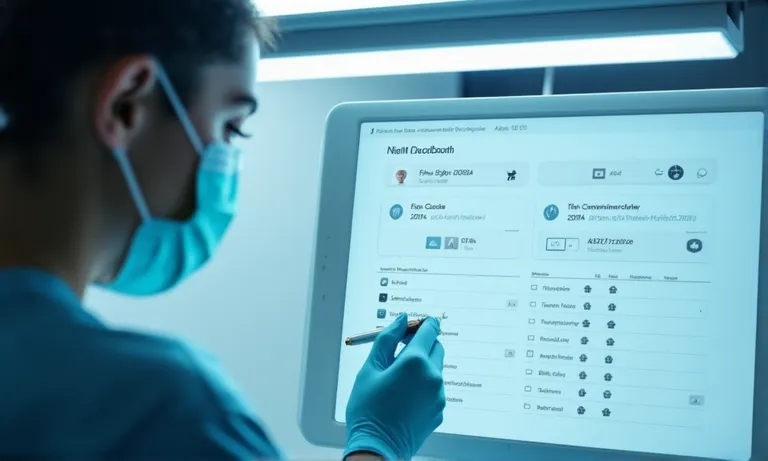
Dental-Feedback-Loop-Portal
Types of Feedback That Matter: Fit, Aesthetics, Turnaround, Communication
Labs need actionable feedback to optimize production accuracy and service quality.
- Fit & occlusion: Passive seating, tightness, or excessive adjustment
- Esthetics: Shade mismatch, layering concerns, or surface texture
- Turnaround time: Missed delivery window or inconsistent lead time
- Communication: Unclear replies, delays in design confirmation, Rx handling
Structuring Feedback Loops: Forms, Portals, Follow-Ups
Feedback must be captured in a usable, traceable way—beyond informal messages.
- Web-based forms or feedback sections in lab portals
- Post-delivery surveys triggered after each order
- Dedicated email for recurring clients with response logging
- Quarterly follow-ups for high-volume clients by account manager
Tracking and Resolving Issues Raised by Clinical Teams
Once feedback is received, timely internal action ensures client confidence.
- Feedback logged and assigned to account coordinator or case lead
- Cross-check with original Rx, STL, or photos
- Escalate to design or QC team for resolution if needed
- Response and action documented within 2–3 business days
- Update sent to client with resolution summary and improvement note
Building a strong feedback loop isn’t just about hearing clients—it’s about making improvements visible. When feedback becomes part of daily operations, labs and clients move together toward long-term consistency.
What Lab-side Mechanisms Help Respond to Client Feedback Proactively?
Proactive feedback handling is not about apologizing—it’s about anticipating. At Raytops, we’ve built layered mechanisms to turn clinical feedback into internal process upgrades, reducing repeat issues and building long-term trust.

Dental-Lab-QA-Feedback-Workflow
Internal Review and Case Escalation Systems
Every flagged case is logged and routed through a structured QA system.
- Account coordinators tag issues in our internal feedback module
- QC managers review cases with repeated complaints
- Escalation to production leads for recurring design or technician-specific issues
- Issues are scored and tracked for closure time and resolution quality
Design Revision Protocols Based on Recurring Issues
Clinical feedback often reflects deeper design misalignment—not just production error.
- Adjust model trimming protocols for margin preservation if repeated distortion noted
- Calibrate CAD defaults (e.g., occlusion clearance, connector thickness)
- Review design notes embedded in STL to align with real-world chairside results
- Maintain “before and after” STL records for internal review and future benchmarking
Cross-team Learning: Sharing Insights from Repeated Feedback
One clinic’s comment often helps multiple teams improve.
- Weekly technician debriefs to review case issues and outcomes
- Knowledge-base entries updated for new scenarios (e.g., implant scan body misalignment)
- Training sessions based on cumulative trends, not isolated feedback
- Select cases anonymized for internal study and visual documentation
We treat every piece of feedback as a collaborative tool. If you’re managing clinical feedback across multiple sites or clinicians, we can help implement structured tracking, escalation response, and monthly case reviews to support your team’s consistency goals.
Contact us to explore how we handle case QA resolution and feedback continuity.
How Do Volume Clients Manage Reordering Cadence and Prioritization?
For high-frequency clients like DSOs or multi-clinic groups, consistent reordering requires more than sending files—it needs a planned cadence, agreed capacity, and calendar coordination.
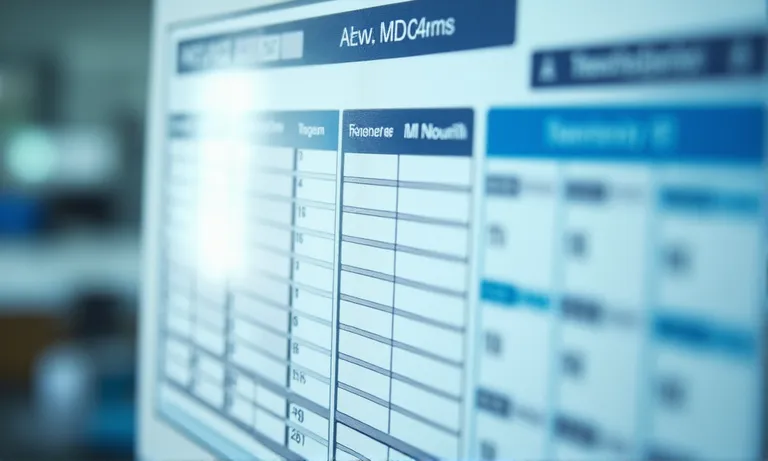
Dental-Lab-Volume-Reorder-Schedule
Standing Order Agreements and SLA Planning
Volume clients often benefit from structured standing order arrangements.
- Define recurring case volume (e.g., “15 units per week on Mon-Wed”)
- Establish SLA terms: turnaround, remake window, communication protocol
- Allocate dedicated technician groups or CAD operators for client continuity
- Build priority tiers (standard / rush / seasonal ramp-up) by volume threshold
Reorder Forecasting Based on Clinic Volume
Anticipating submission spikes helps labs align resources in advance.
- Clients share weekly or monthly case projections (unit type, complexity)
- We map production slots accordingly and flag overload risks early
- In high-volume seasons, clinics can prebook case submission windows
- Labs adjust technician rotation or material stock levels to match demand
Buffering Mechanisms During Peak Times or Holidays
Avoiding last-minute chaos requires calendar-level planning.
- Joint holiday calendars shared at start of fiscal or contract cycle
- Priority tagging for cases submitted near known closures
- Optional “pre-batch” model: clients front-load key cases before breaks
- Labs keep “protected capacity” for long-term clients with forecast alignment
✅ Structured cadence and planning reduce chaos in high-volume reordering – TRUE
Volume doesn’t mean confusion—when supported by SLA, forecasting, and joint planning, large clients gain consistency and lab-side focus.
❌ More orders automatically lead to longer turnaround and higher error rate – FALSE
With aligned rhythm and visibility, high-frequency clients often experience better performance than irregular ones.
What KPI Monitoring and Feedback Metrics Improve Cooperation Quality Over Time?
Tracking key performance metrics helps labs and clients align expectations, reduce misunderstandings, and build trust over time. At Raytops, we treat KPI transparency as a long-term cooperation tool—not just a scorecard.
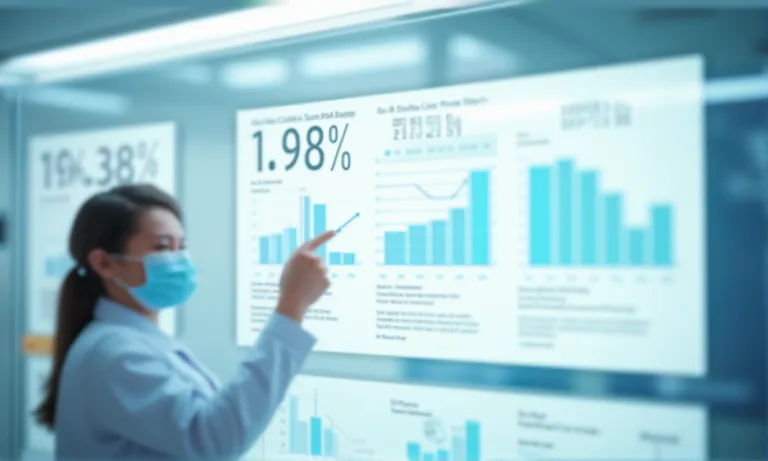
Dental-Lab-KPI-Dashboard
Setting Quality KPIs: Remake Rate, On-Time Delivery, Communication Score
We monitor multiple indicators that directly impact client experience:
- Remake rate: Tracks accuracy and quality consistency (target <2%)
- On-time delivery rate: Measures reliability across standard & rush cases
- Rx completeness rate: Percentage of cases received with full documentation
- Case communication score: Based on timeliness and clarity of lab responses
Creating Performance Dashboards and Monthly Review Templates
Data is useful only when visible and contextualized.
- Visual dashboards shared monthly or quarterly with volume clients
- Trend lines highlight improvements or recurring issues
- Templates include commentary from account managers & QA team
- Optional benchmarks by case type (e.g., crowns vs bridges vs implants)
Leveraging KPI Data for Continuous Improvement
KPI reviews aren’t just about tracking—they should trigger actions.
- Identify if a remake spike links to specific doctors, materials, or scan types
- Adjust technician assignments or material protocols where needed
- Use trends to update client-specific design profiles or clarify instructions
- Prioritize training in response to communication or Rx gaps
KPI transparency builds mutual accountability. By sharing the same indicators, both labs and clients can work from facts—not assumptions—to refine workflow, cut delays, and grow trust.
How Can Digital Tools Enhance Reordering and Feedback Efficiency?
Efficient cooperation doesn’t rely on memory or email threads—it’s powered by systems. At Raytops, we’ve integrated digital tools that streamline reordering, improve traceability, and turn scattered feedback into structured action.
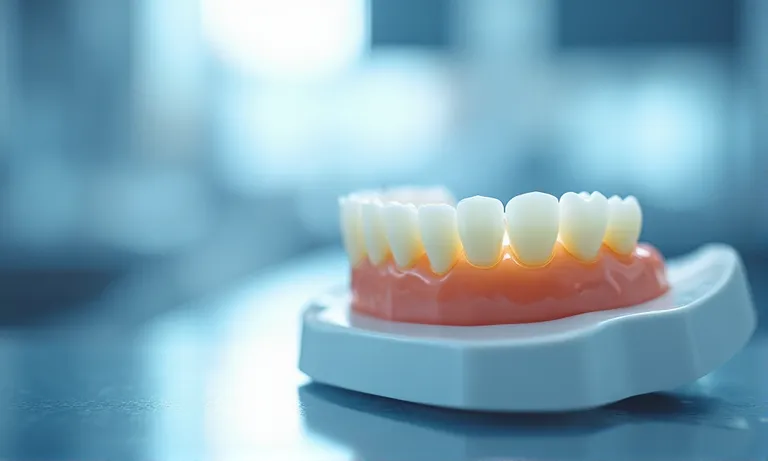
Dental-Reorder-Portal-Interface
Using Portals for Reorder Submission and Tracking
Centralized platforms replace scattered communication.
- Submit STL files, Rx, and case photos through encrypted upload portal
- Track case status by order number, clinician, or date
- Receive confirmation receipts, ETA estimates, and delivery tracking
- Restrict access with multi-user login permissions across clinic teams
Auto-populating Case Info from Previous Orders
Familiar cases shouldn’t start from scratch every time.
- Reuse past STL files or design specs with one-click reorder
- Apply saved defaults (e.g., crown material, margin type, connector)
- Flag if current case deviates from standard protocol
- Review case previews or post-op notes for comparison
Integrating Feedback Collection into Case Management Platforms
Feedback becomes manageable when it’s part of the system—not an afterthought.
- Feedback fields embedded in post-delivery screens or portals
- Categorize input by topic: fit, esthetics, communication, turnaround
- Auto-tag recurring issues for analytics or technician notification
- Keep all feedback linked to original case for future audits
Digital tools bring clarity to scale. To explore how our portal system supports structured reorders and case tracking, reach out for a demo or share your clinic’s current tools—we’ll help map a compatible integration.
Conclusion
Building sustainable cooperation between dental labs and clients hinges on operational clarity, repeatable processes, and transparent communication. As case volume grows, standardizing reorders, tracking performance, and turning feedback into measurable action become the cornerstones of efficiency and trust.
- Reliable long-term cooperation depends on repeatable workflows and feedback-driven improvements.
- Consistency in case submission formats and preference settings helps labs reduce rework and speed up repeat case handling.
- A structured feedback loop with resolution tracking ensures client input leads to timely adjustments and process improvements.
- Raytops implements proactive QA and escalation systems that turn recurring feedback into cross-team learning.
- Volume clients benefit from SLA planning and cadence forecasting to manage throughput, holidays, and technician capacity.
- Tracking KPI metrics like remake rate and delivery performance helps align expectations and highlight areas for quality enhancement.
- Using digital portals for case management and feedback integration improves submission efficiency and keeps communication organized.
For clinics scaling case volumes or seeking a structured cooperation model, Raytops offers tailored onboarding and performance tracking solutions.


